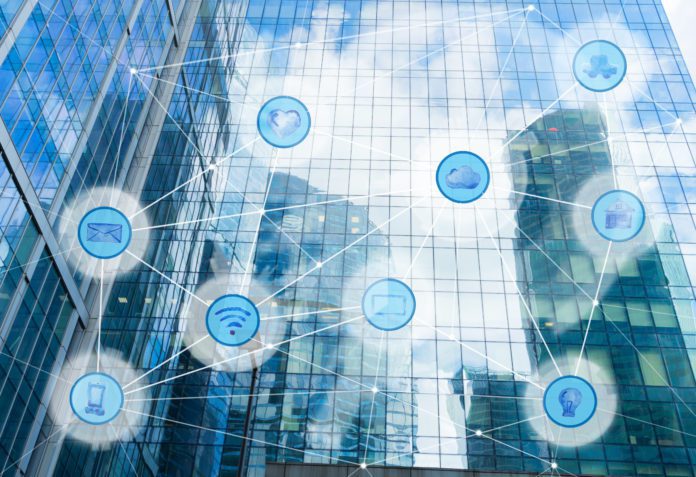With more than 75 billion devices and sensors using the Internet of Things (IoT) expected to be deployed by 2025, the insights from the data provided by IoT platforms and connectivity is rapidly reshaping the buildings we work and live in.
Today IoT devices are deployed in a wide array of smart buildings applications, solving real-world problems such as the ability for HVAC systems to self-adjust and optimize for energy efficiency to monitoring the use of office space, desks and even restrooms to make cleaning more efficient.
The deployment of IoT sensors and devices is enabling building owners and landlords to better monitor, manage and maintain vital building equipment, resulting in both improved tenant satisfaction and prolonging the life of valuable building equipment and assets.
Leveraging IoT infrastructure to realize value from legacy building assets
The majority of buildings today already have a plethora of unlocked data stored in equipment such as security cameras, rooftop chillers and HVAC systems.
By linking IoT devices to motors, robotics, cameras, and RFID tags owners can make buildings more efficient, safer, and comfortable while driving down operational costs.
The data from IoT devices is helping building owners to save money most notably lowering energy consumption. More building owners are using data from devices to identifying faults in equipment reducing the maintenance and repair costs and equipment downtime.
IoT devices are also enabling owners to make significant strides in reducing facilities management and labor costs by monitoring recycle and trash bins by optimizing cleaning and janitorial schedules.
IoT devices, smart building apps improve tenant experience
The newfound connectivity and efficiency provided by the IoT devices is also creating service capabilities that can improve tenant satisfaction and occupants experience.
Building applications are becoming a common feature is many commercial real estate?buildings.
More building owners are using IoT-enabled sensors and devices to provide occupants with safety, traffic and weather information while allowing occupants them to self-manage lighting and temperature control from their smartphones.

While smart building apps improve occupant experience, the data they collect is also helping building owners to improve their net operating incomes and demand higher rents.
Landlords today are increasingly using data from smart building apps such as foot traffic and occupant use patterns collected to competitive differentiate their properties when marketing to prospective tenants.
Breaking down silos to unlock the value of data
However, many of these advantages are locked and remain unrealized in siloed systems. Unlocking the full potential of an IoT solution requires bringing together or integrating disparate systems to reduce complexity.
For example, to achieve substantial energy savings, a building manager needs to be able to coordinate and analyze data from disparate systems such lights, electrical equipment, HVAC and even monitor which entry and exit doors are being used most often by occupants.
In the example above analyzing data from a single system may not result in finding the core reason for high energy costs or enable building managers to design a suitable solution.

